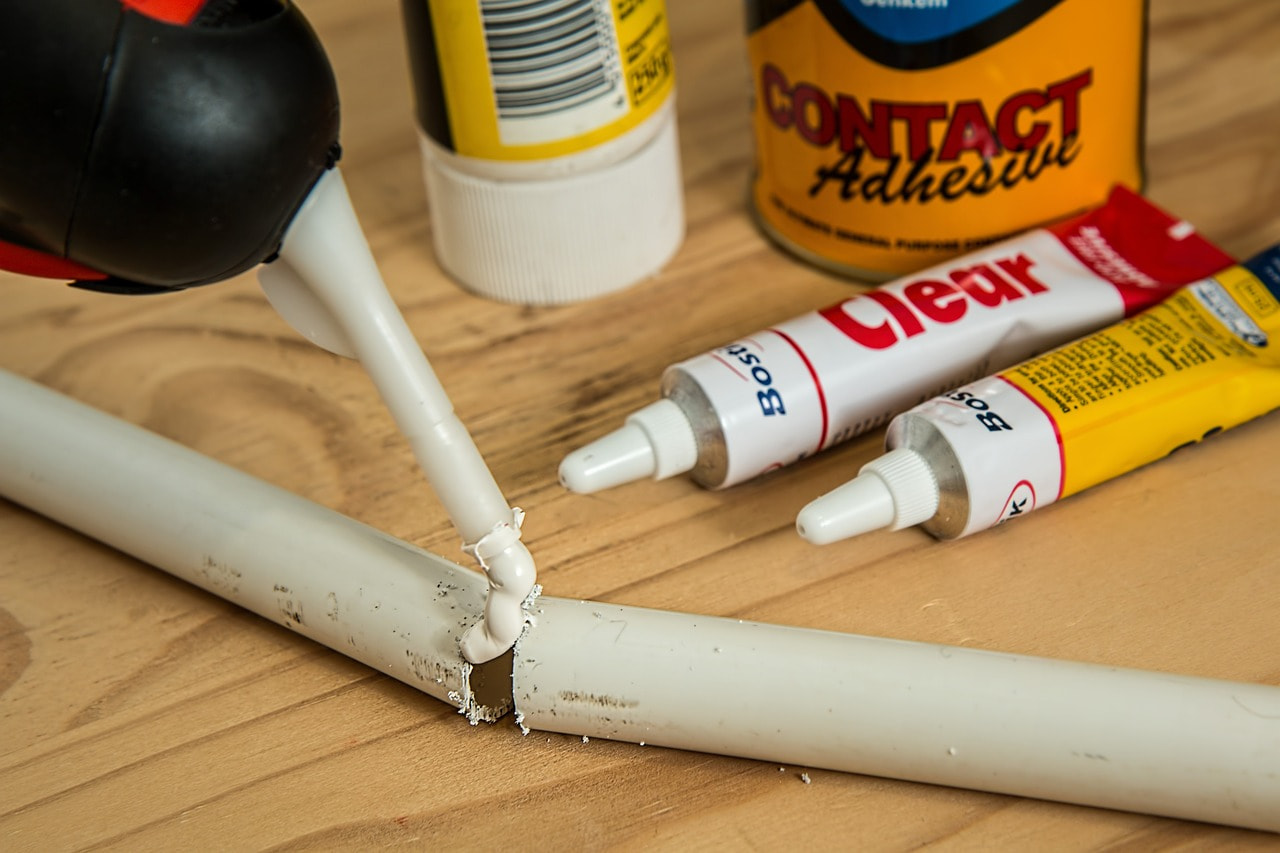What Materials Won't Adhesive Stick To?
Adhesives play a crucial role in our daily lives, helping us stick things together seamlessly. However, have you ever wondered about the materials that adhesives won't stick to? Understanding this can be essential for various applications, from household fixes to industrial processes. In this article, we'll delve into the intriguing world of materials that resist adhesives, exploring common examples, the science behind it, and practical implications for your everyday life.
Common Materials Resistant to Adhesives
Teflon - The Non-Stick Marvel
Teflon, known for its role in non-stick cookware, is a prime example of a material that adhesives struggle to bond with. Its exceptional non-stick properties arise from a combination of surface tension and chemical composition. The polymers in Teflon create a surface that simply repels adhesives, making it a go-to material for applications where sticking is not an option.
Silicone and Certain Plastics
Silicone, along with specific types of plastics, also falls into the category of materials resistant to adhesives. The smooth surface of silicone, often encountered in kitchen tools, and the unique chemical composition of certain plastics create barriers for adhesives, preventing them from forming a strong bond.
Unusual Suspects: Unexpected Non-Stick Surfaces
While Teflon and silicone are well-known examples, there are unexpected materials with non-stick properties. Take wax paper, for instance. Its surface repels liquids and adhesives alike, making it a handy material for various crafts and baking endeavors. Exploring such unconventional materials can open up new possibilities in your adhesive-related endeavors.
The Science Behind Non-Adhesive Materials
Understanding why certain materials resist adhesives requires a dive into the world of surface tension and chemical properties. Materials with low surface energy, like Teflon, create an environment where adhesives struggle to establish a bond. The molecular structure of these materials plays a pivotal role in their non-adhesive characteristics.
Practical Implications in Everyday Life
The knowledge of materials resistant to adhesives extends beyond curiosity. Industries such as manufacturing, where specific materials are used in intricate processes, benefit from the non-stick properties of certain substances. As a consumer, being aware of these materials can guide your choices when selecting products with longevity in mind.
DIY Non-Stick Solutions
Want to create a non-stick surface at home without investing in specialized materials? Fear not! From using common household items to exploring alternative solutions, there are budget-friendly ways to achieve non-stick surfaces. Stay tuned for practical tips that could save you both time and money.
Challenges in Adhesion
While adhesives are marvels of modern engineering, certain materials present challenges. Factors like surface irregularities, chemical composition, and temperature sensitivity can make achieving a strong bond difficult. Striking the right balance between adhesion and non-stick properties is a constant challenge for adhesive enthusiasts.
Selecting the Right Adhesive for Specific Materials
One crucial aspect often overlooked is the match between adhesives and materials. Using the wrong adhesive on a specific surface can result in weak bonds or, worse, no adhesion at all. We'll guide you through the process of selecting the right adhesive for various materials, helping you avoid common pitfalls.
Personal Anecdotes: The Quest for the Perfect Adhesion
In the world of adhesives, every DIY enthusiast has a story to tell. From the frustration of a project gone awry to the satisfaction of discovering the perfect adhesive-material match, personal anecdotes add a human touch to the science of adhesion. Share your adhesive adventures and learn from the experiences of others.
The Role of Temperature and Environmental Factors
Temperature and environmental conditions play a significant role in the adhesion process. Some materials may become more receptive to adhesives under specific temperatures, while others may resist even the strongest glues. We'll explore how these factors influence adhesion and provide tips for adapting to diverse conditions.
FAQs: Addressing Common Questions
What makes Teflon non-stick?
Teflon's non-stick properties arise from its low surface energy and unique molecular structure, which repel adhesives and prevent them from forming a bond.
Can adhesives work on all metals?
Not necessarily. While many metals can be successfully bonded with adhesives, certain metals with low surface energy or specific coatings may resist adhesion.
Are there natural materials that resist adhesives?
Yes, materials like wax paper, which have natural non-stick properties, can resist adhesives. Understanding these materials opens up new possibilities for various applications.
Conclusion
In the world of adhesives, the quest for the perfect bond takes us through a fascinating journey of materials that won't adhere. From Teflon to unexpected gems like wax paper, understanding these non-stick materials broadens our perspective. As you embark on your adhesive adventures, remember the delicate balance between adhesion and non-stick properties. Experiment, learn, and let the non-stick wonders of various materials enhance your projects.



